The Importance of Properly Watering Your Garden: How Much and How Often
When I just started gardening, I used to think that more water meant my plants would grow faster and healthier. After learning the hard way, I realized that my plants only need enough water to keep them strong and healthy.
Watering your plants the right way matters whether you’re growing houseplants, flowers, or even vegetables. So if your plants are looking a little bit unhealthy, your watering process is one of the first things you can check.
This post may contain affiliate links, which helps keep this content free. Please read our disclosure for more info.
Understanding Plant Water Needs

Different plants, different watering needs. Some plants need less water, like succulents, while other plants prefer their soil to be moist most of the time.
Here are a few things that affect the water needs of a plant:
- Type of plant
- Size
- Is it growing indoors or outdoors?
- Type of soil
Plants take in water through their roots, and they use it to carry nutrients across their system. This helps with things like nutrient absorption and photosynthesis, which keeps them alive and growing.
How Much Water Do Plants Need?

There’s no direct answer here, but there are some basic guidelines you can follow, depending on the plant you have.
- Lawns usually need more water than flower beds, and flower beds need more water than potted succulents.
- Veggie gardens tend to need a lot of water, especially when it’s hot out.
- Indoor plants often need less water than outdoor ones
- Succulents, cacti, and drought-resistant plants prefer dry conditions.
- Tropical plants or anything that naturally grows near water will need regular moisture to stay healthy.
If you notice that your plants look like they’ll wilt anytime or if you see some yellow leaves, it’s time to grab your watering can.
How Often Should Plants Be Watered?
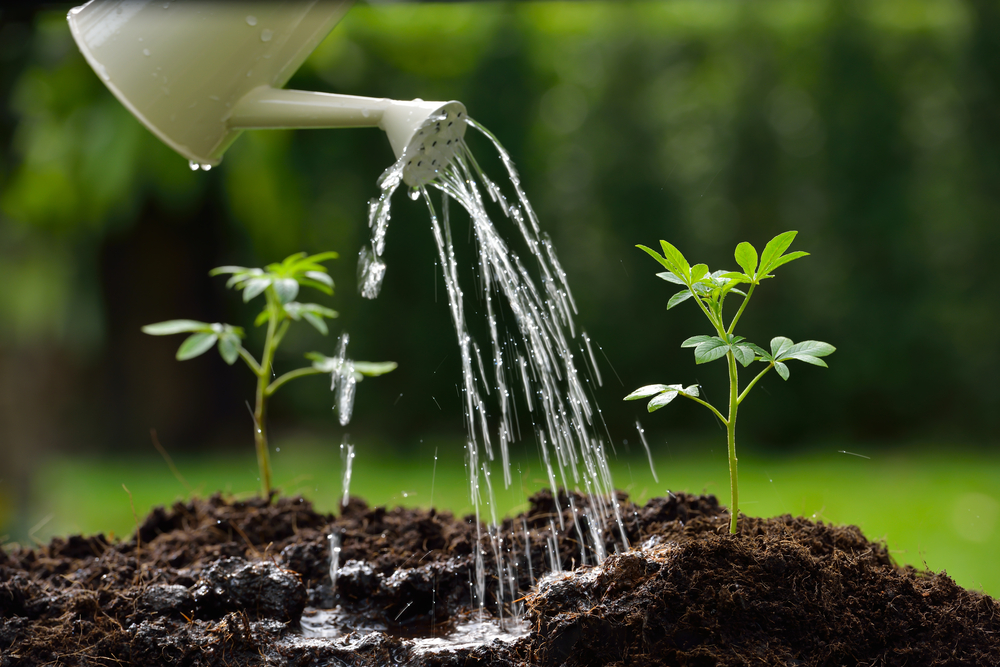
Well, it depends on the season. In summer, it’s quite hot and everything dries out quickly, so watering more often is good. On the other hand, winter slows down most plant growth, so you don’t need to water them as much.
Temperature, rain, and even humidity affect your plants, so it’s best to change your watering routine depending on the weather.
Here’s a quick trick. Check if the soil if it’s too dry or too damp. That will give you an idea if you need to water. Just remember that it depends on the type of plant you have as well.
The Role of Soil and Drainage in Watering
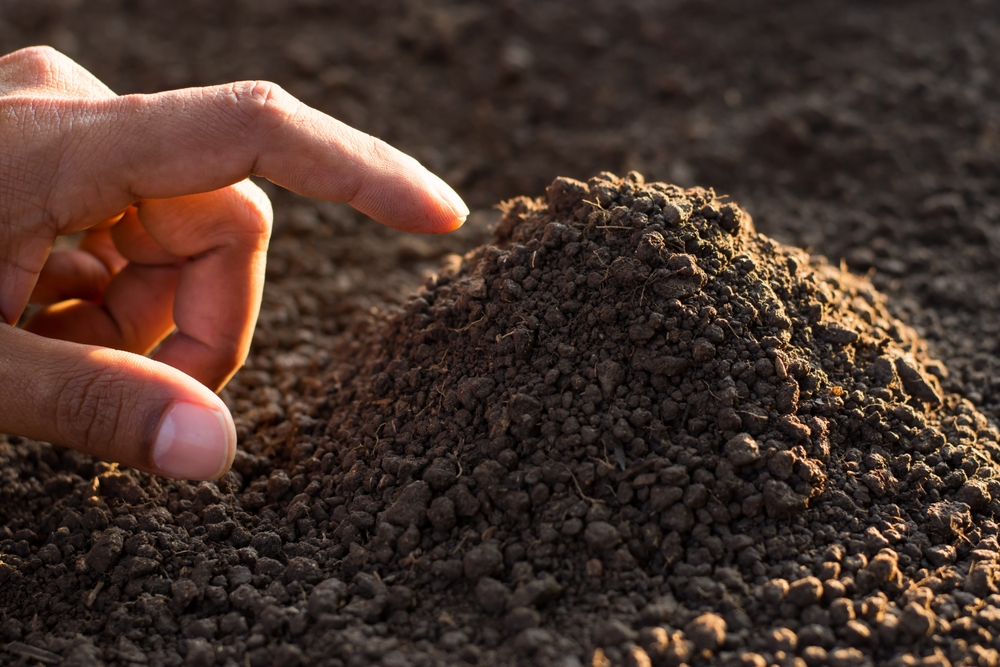
Aside from providing nutrients for your plants, the soil also affects how often you need to water. It mostly depends on the type of soil you have.
- Sandy soil drains quickly, which means you’ll probably need to water more often.
- Clay holds onto water longer, but can easily get soggy.
- Loamy soil has the perfect balance and works best for most plants.
Having good drainage also matters as the roots to rot due to too much water. Adding compost, perlite, or peat moss can help your soil hold the perfect amount of moisture without overdoing it.
Best Watering Practices
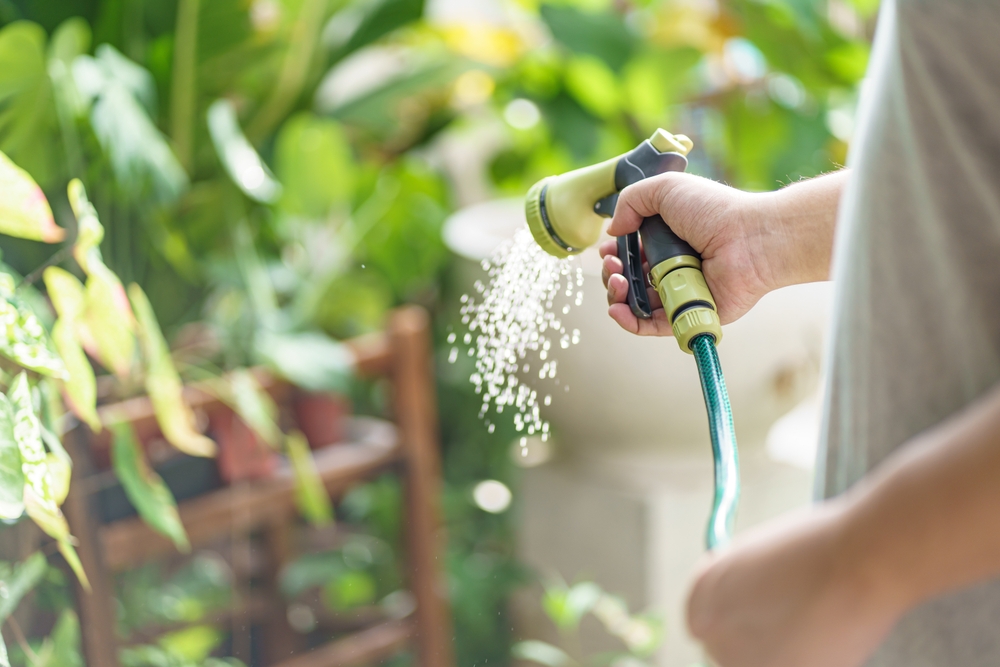
To help you get your watering right, here are a few general tips that you can use for your plants.
- Water slowly and let the water go deep into the soil. This helps the roots grow down instead of staying near the surface.
- Early morning is also the best time to water your plants so they can absorb it efficiently.
- Try to aim for the soil, not the leaves. Wet leaves can lead to mold or fungus, especially if they don’t dry quickly.
On top of these, remember to check the soil first before grabbing your watering can. To quickly check the soil’s dampness, stick a finger around two inches deep and feel if it’s too damp or too dry.
Using Irrigation Systems
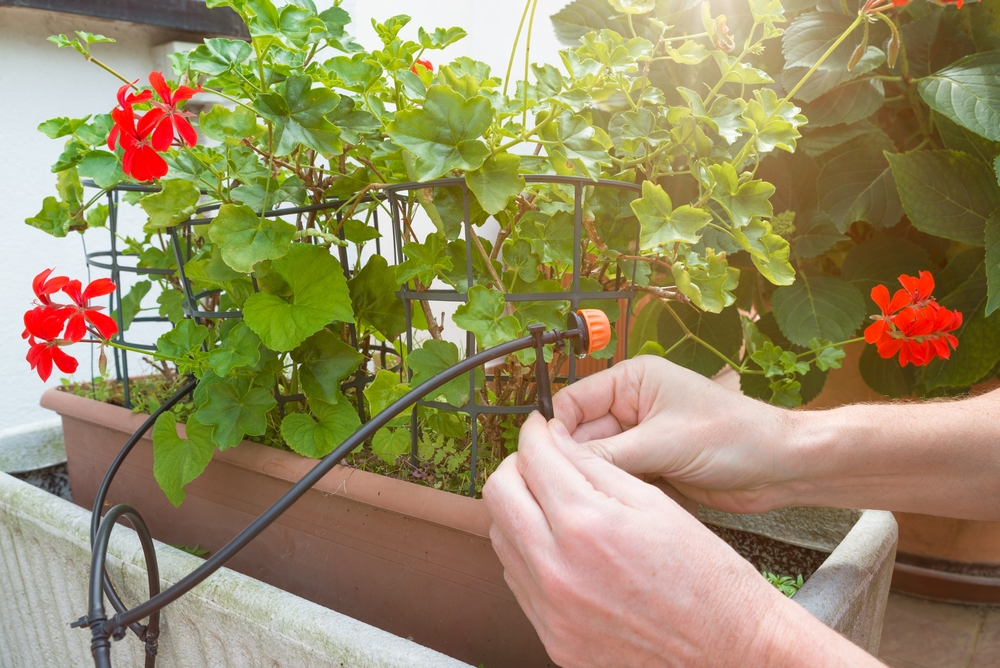
Don’t have the time to water your big garden? Or do you want to make watering easier? Either way, you can use irrigation systems like drip systems, soakers, or sprinklers for your garden.
Choose the one that fits what you need and how much space you’re working with. These irrigation systems definitely save you time and can also make watering times consistent.
How to Tell When a Plant Is Overwatered or Underwatered
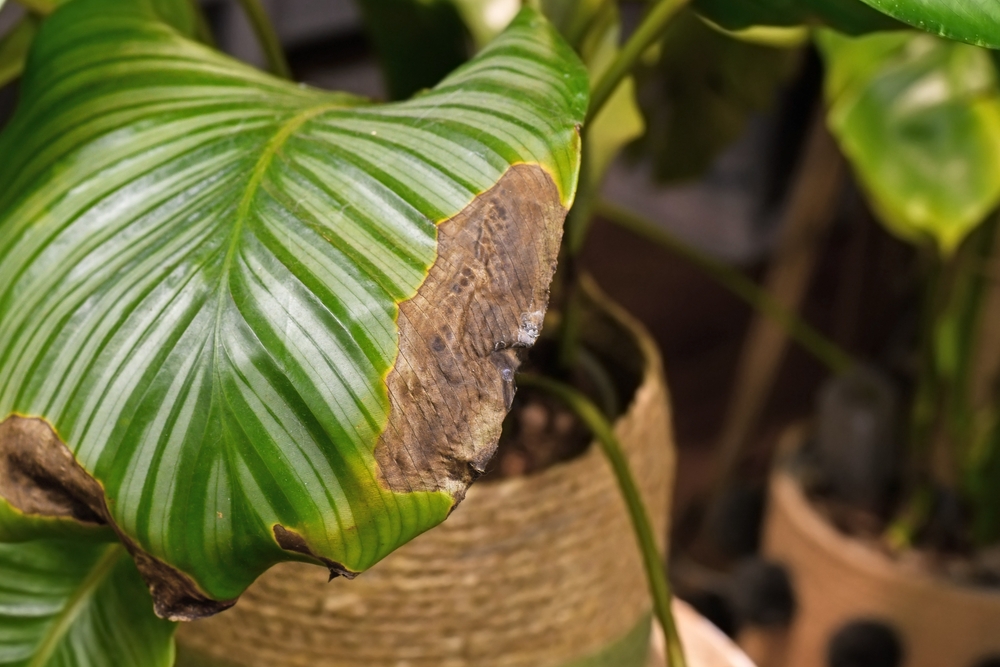
The symptoms of an overwatered plant are usually yellow leaves. They also look a bit droopy, even if the soil is damp. If you check the roots and you find them slimy, grey in color, or rotting, that’s a sign that you’ve overwatered your plant.
On the other hand, underwatered plants feel dry when you touch them. Their leaves may even turn brown or crispy. Don’t flood your plants with too much water, and try to use just enough to let them recover.
Tips for Conserving Water While Keeping Plants Healthy
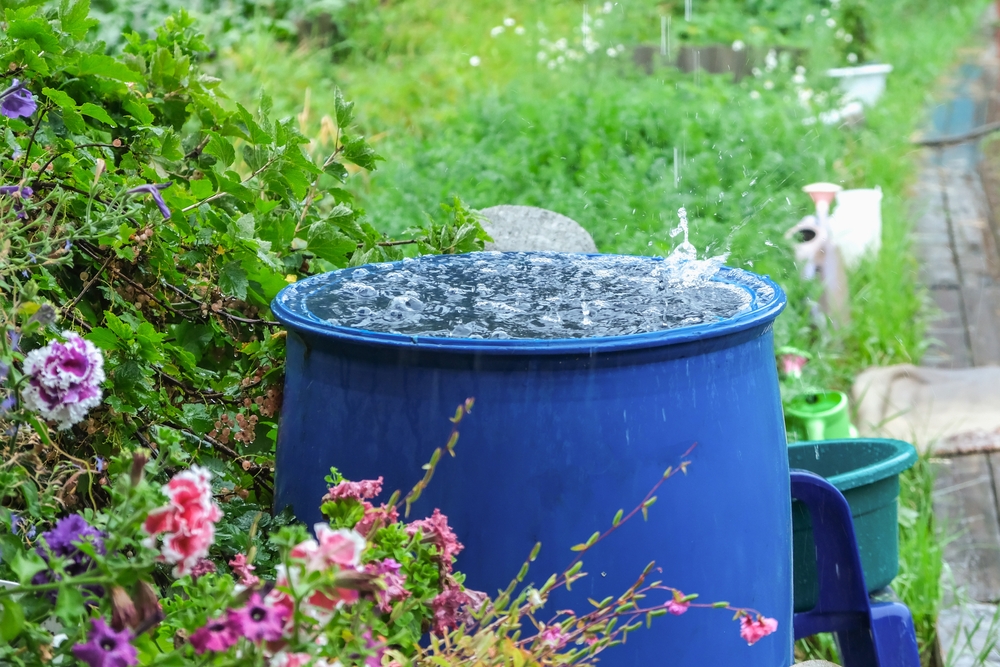
You can keep your plants happy without using a lot of water. That’s good news, especially if you’re looking to save water.
- Try adding mulch around your plants to lock in moisture in the soil.
- If you’re in a tropical area, collecting rainwater is a good choice.
- Water early in the morning so that the water can get to the roots before the heat sets in the soil.
- Keep weeds out of your garden as they’ll compete with your plants for water and nutrients.
Conserving water is great for the environment, but don’t overdo it. You don’t want to end up with underwatered plants just for the sake of saving water.
The Impact of Water Quality on Plant Health
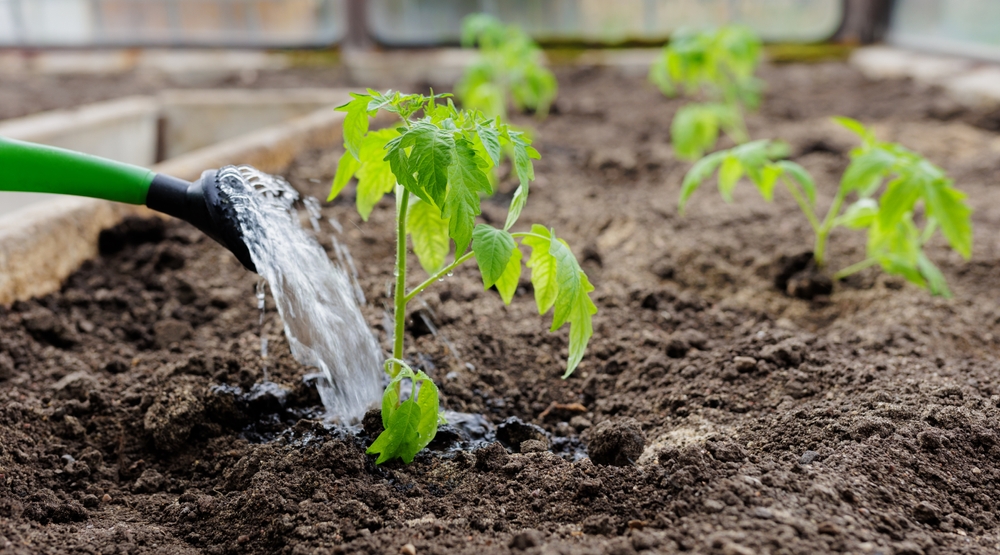
Most tap water is fine, but it depends on where you live. Hard water or chlorine-heavy water can sometimes cause issues for sensitive plants.
If you can, use rainwater or filtered water. When using tap water, let it sit out overnight for some of its chlorine to evaporate.
At the end of the day, watering your plants doesn’t have to be complicated. Once you understand what they need and when they need it, the rest gets a lot easier.
Getting watering right takes a little practice, but it’s not hard once you get the hang of it. Pay attention to what your plants are telling you, check the soil often, and don’t stress too much.
This article originally appeared on Avocadu.
